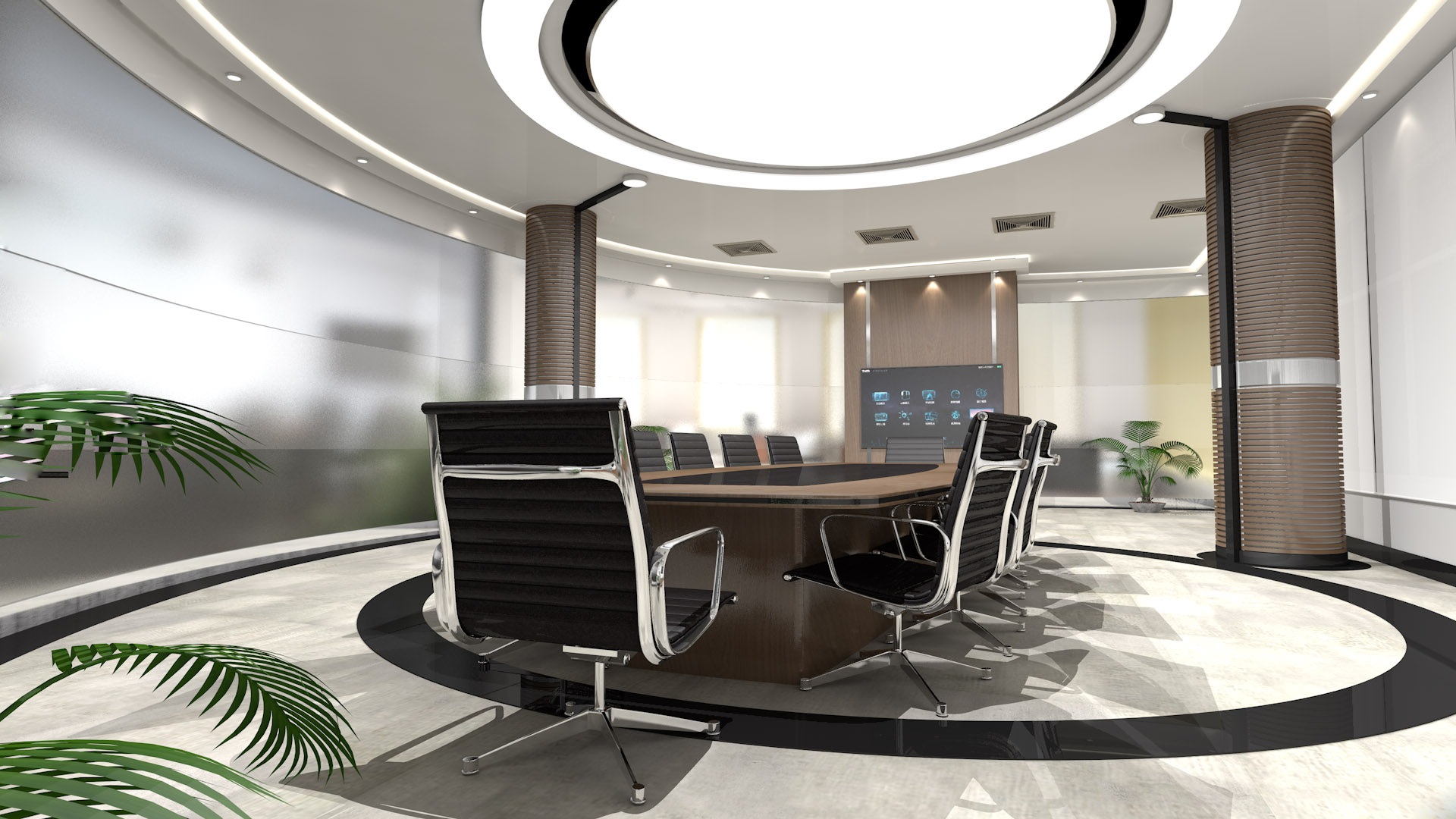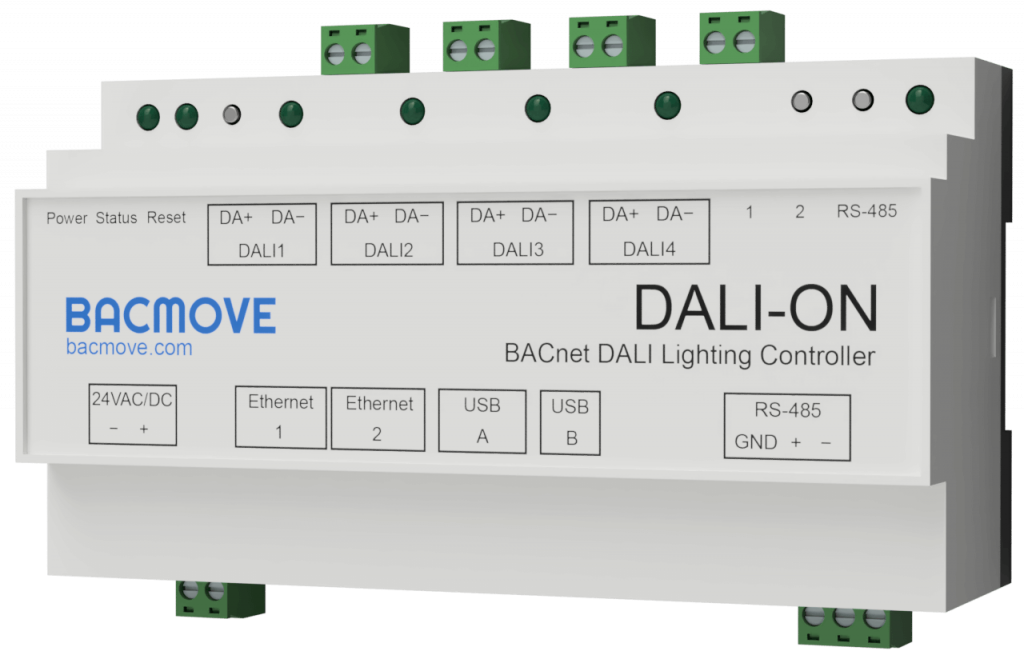In the early 2000s, the Digital Addressable Lighting Interface (DALI) protocol was introduced to the building lighting market and was considered a revolution. Its ability to digitally control lighting fixtures through bidirectional communication was a novelty and made it easier for many technicians to struggle against the complexity of managing many wiring and connectors resulting from the 0-10 volt solution. An open digital protocol that requires little maintenance effort and saved technical costs was therefore welcome.
About 20 years have passed following the launch of the DALI protocol. Lights manufacturers now propose a move towards DALI version 2.
Why a new generation of protocol?
DALI-2 is a regenerated and improved version of the famous DALI protocol. It was put forward with the aim of overcoming certain technical deficiencies discovered on the first generation of the DALI protocol.
The advantages of DALI-2
The keyword for defining the DALI-2 protocol is interoperability. Indeed, this new generation takes into account all the functions of the protocol and ensures their compatibility with all DALI equipment that includes lighting, sensors, control panels, among others. As a light installation is often made up of components of different brands, it is a great help to enjoy a guarantee of compatibility.
New configurations have also been added to facilitate the work of actors working around the building. Indeed, DALI-2 offers support for color control, covering RGB (red, green and blue) and color temperatures (tunable white, cool and warm white control). This increased color control provides architects with additional options for controlling the lights in every room in the building.
Another benefit of the DALI-2 is the addition of 64 additional addressable devices, especially for control interfaces and detectors. A user can now address more than 168 devices on a single network with a single interface. The user will not need any additional interface to expand his lighting system.
Interoperability
As DALI-2 increases the interoperability between the different vendors and brings support for sensors and keypad, DALI is now ready to be considered even more by architects and building project managers.

